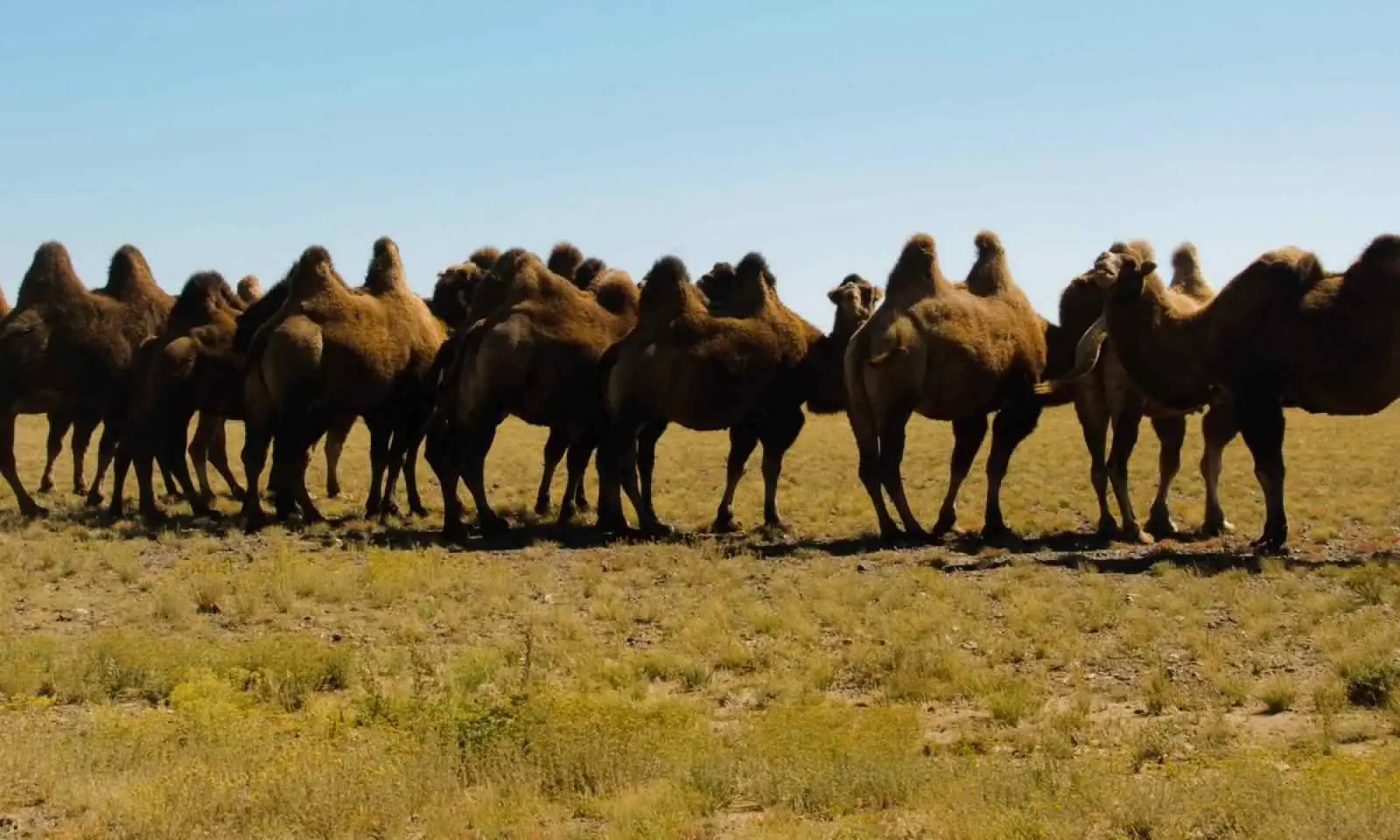Camel Milk Leads Over The Export Hump
Alternatives to traditional cow’s milk products continue to dominate kitchens and supermarket shelves both in Australia and around the globe. While goat and buffalo milk have long been used in many of our household staples, and non-dairy options in the form of almond, soy and oat milk have been a mainstay in kitchens and pantries for years, there is a burgeoning demand for a new source of milk – camel’s.
Shown to most closely resemble human breast milk, camel milk possesses an array of unique health benefits. It is a rich source of vitamin C, B vitamins, calcium, iron and potassium, and contains a number of healthy fats such as long-chain fatty acids, linoleic acid, and unsaturated fatty acids, which may support brain and heart health.
Additionally, the two primary active ingredients in camel milk, lactoferrin and immunoglobulins, have a range of antibacterial and anti-inflammatory properties that can help boost immune systems. Studies have also shown camel milk to be more suitable for people with lactose intolerance or milk allergies, as it contains less lactose and a different protein profile to traditional cow’s milk.
Australian organic milk producer QCamel has recently reported a 30 per cent increase in local demand since the onset of COVID-19 and, on the back of this uptick, plans to introduce its range of milk, smoothie, feta cheese, dried powder and chocolate products to organic retailers in Singapore this year. This is an intriguing decision, but one that, at least on the surface, makes sense given the profile of the country’s population.





